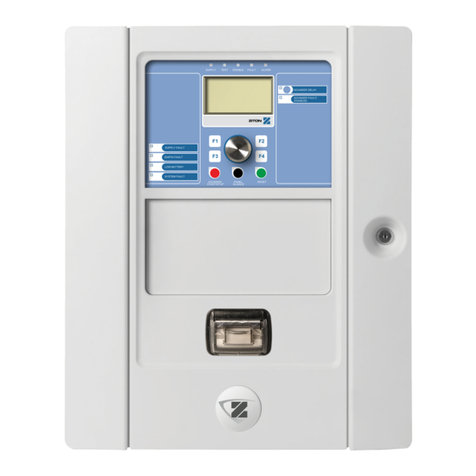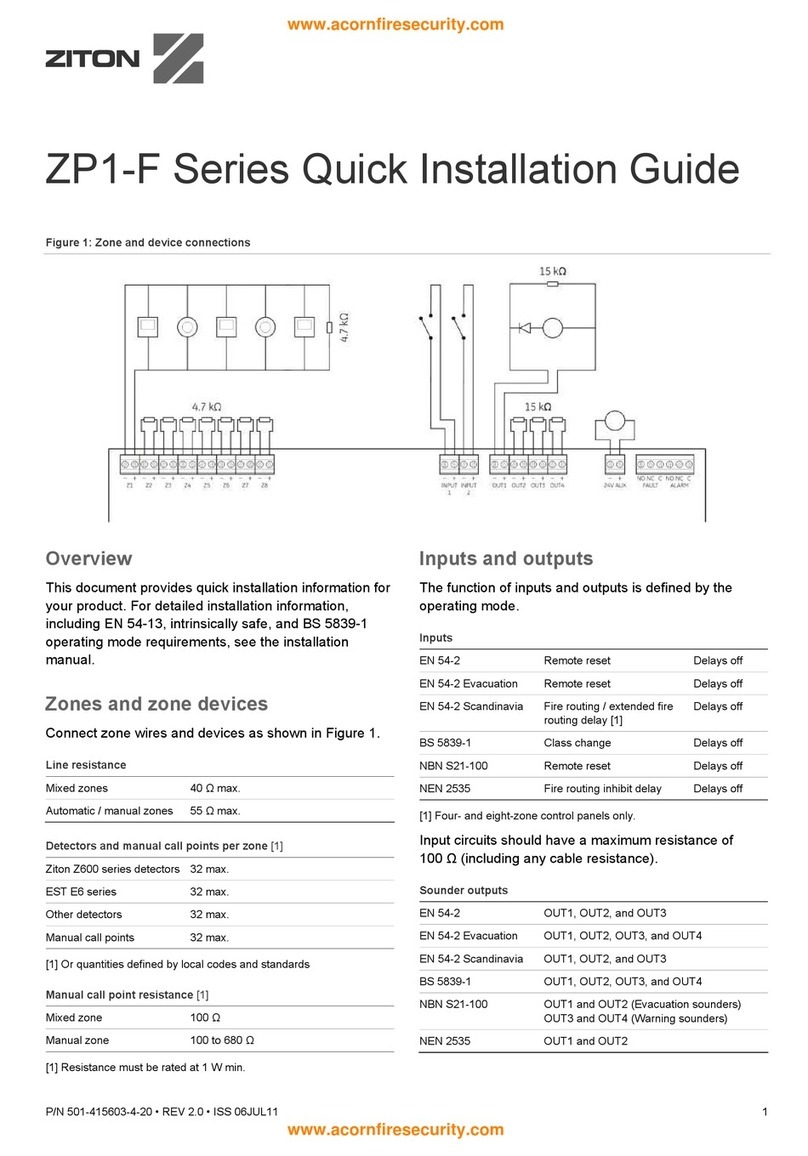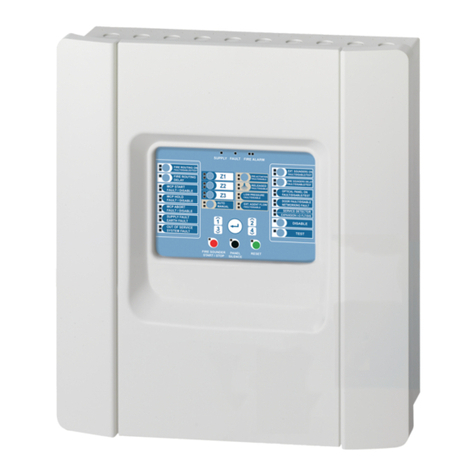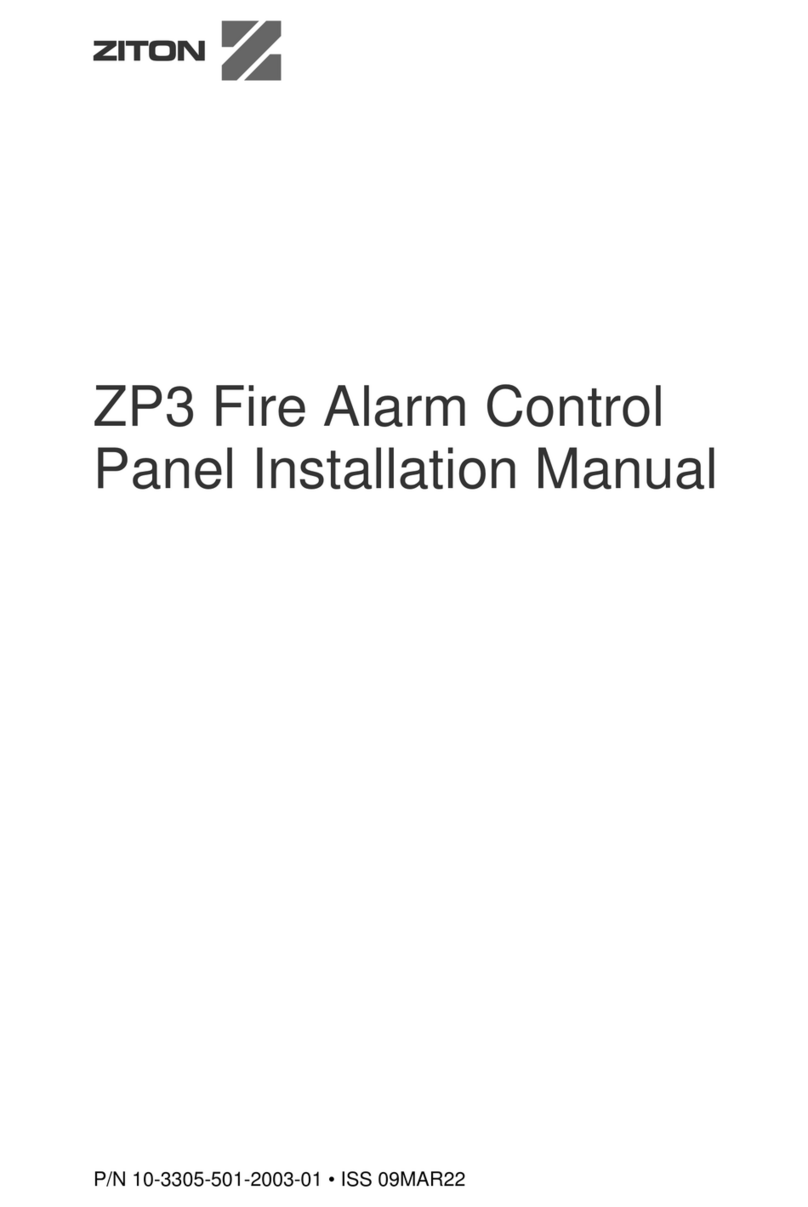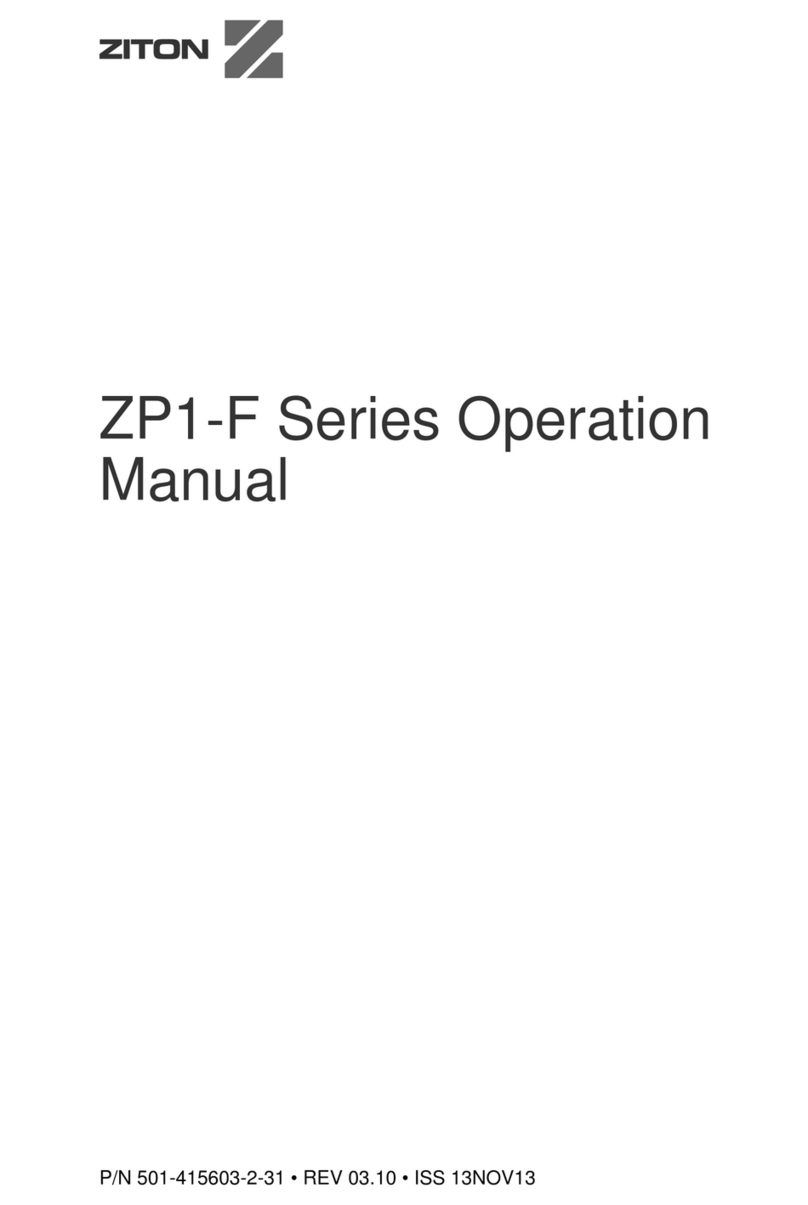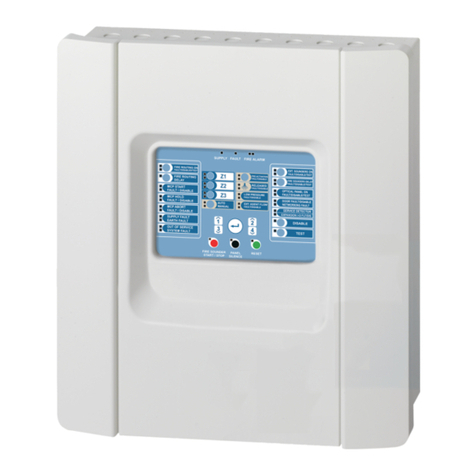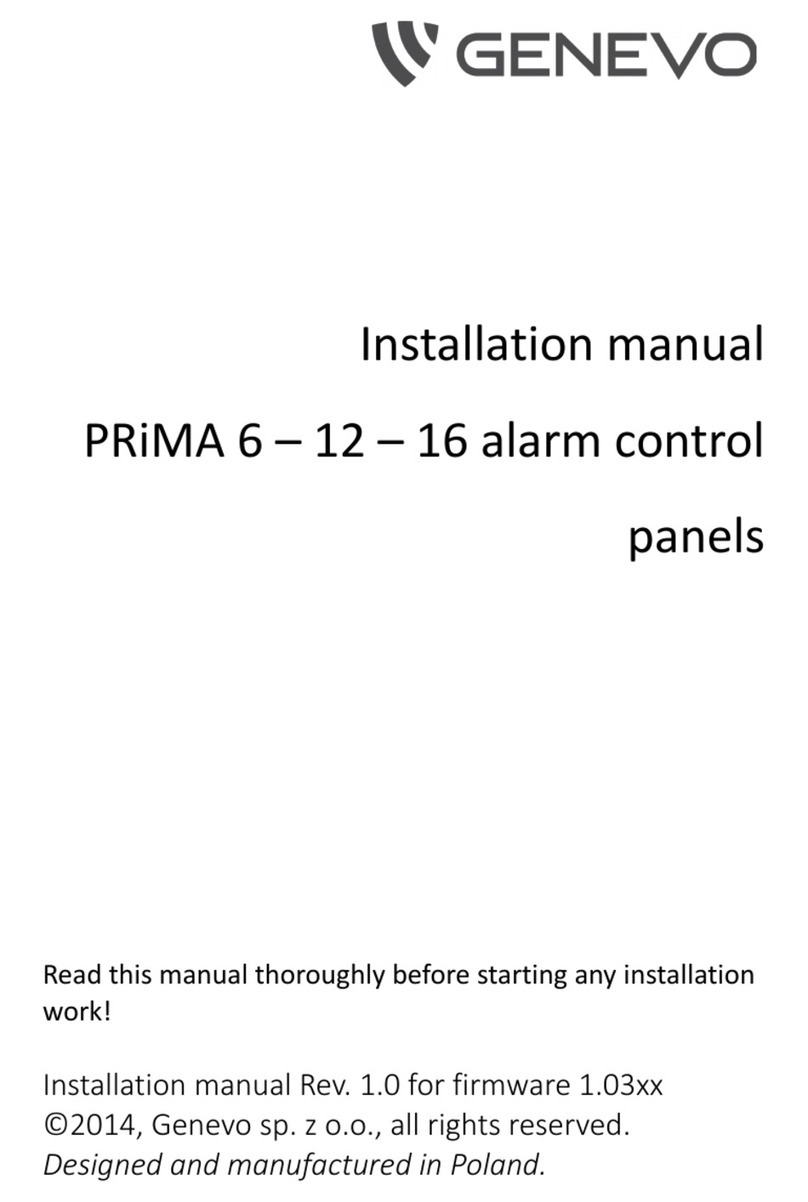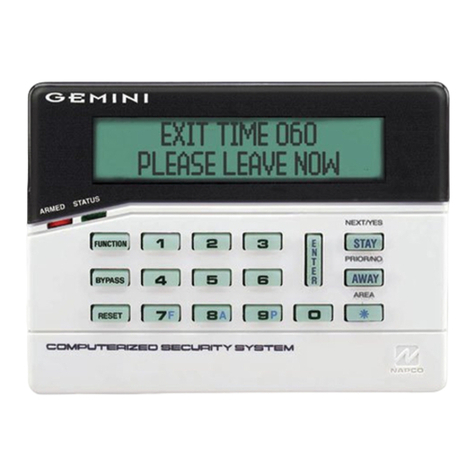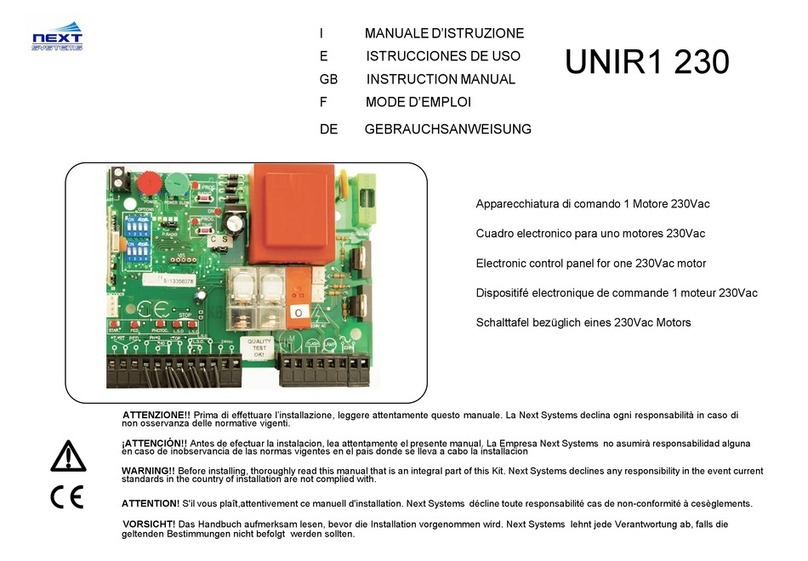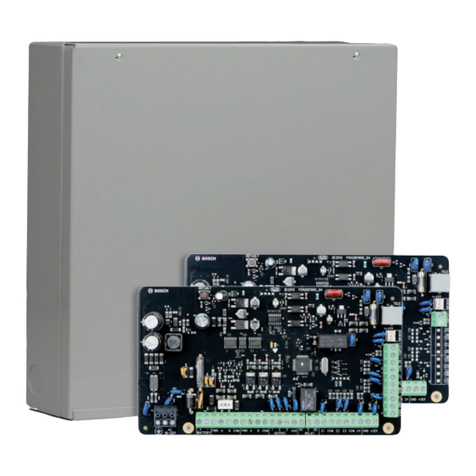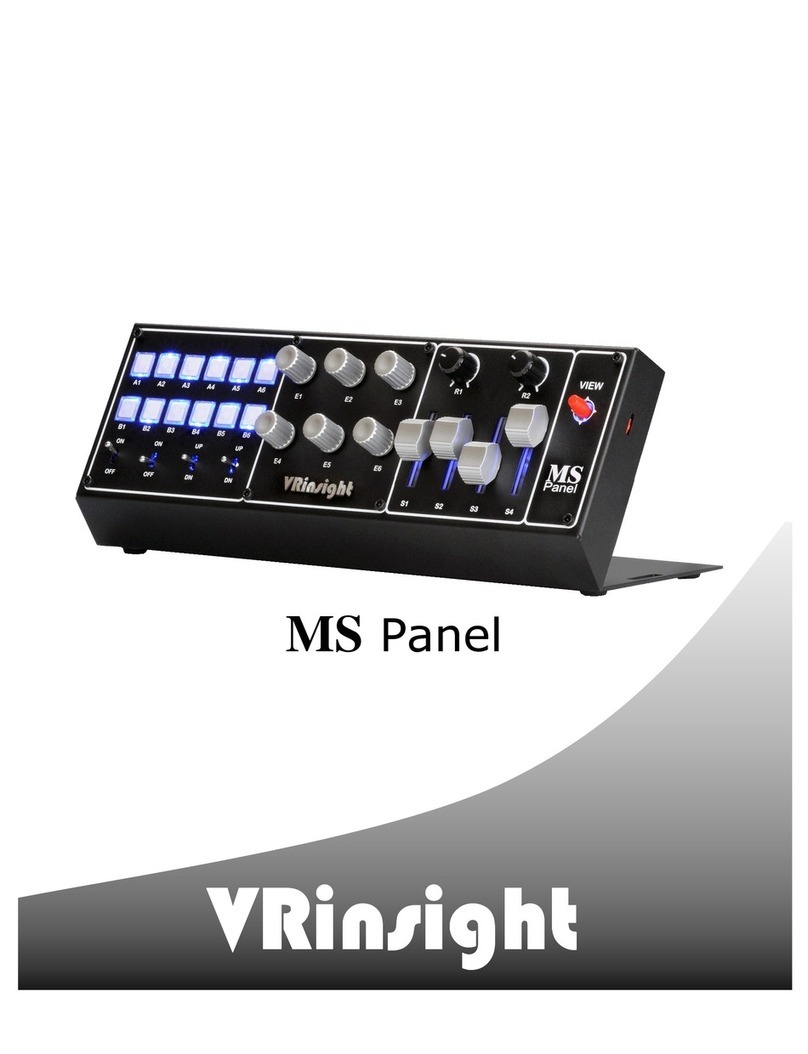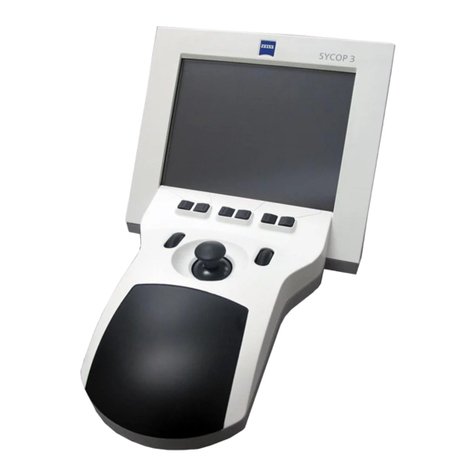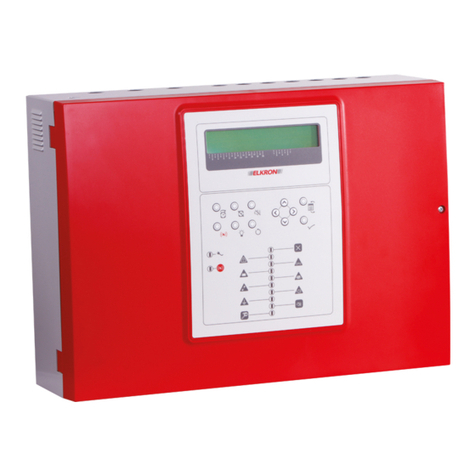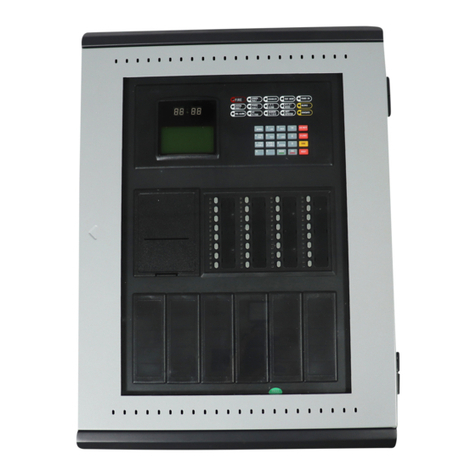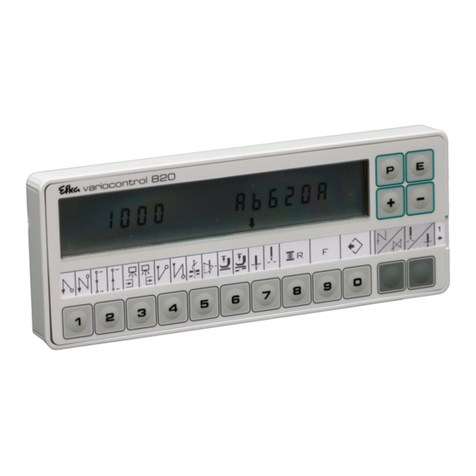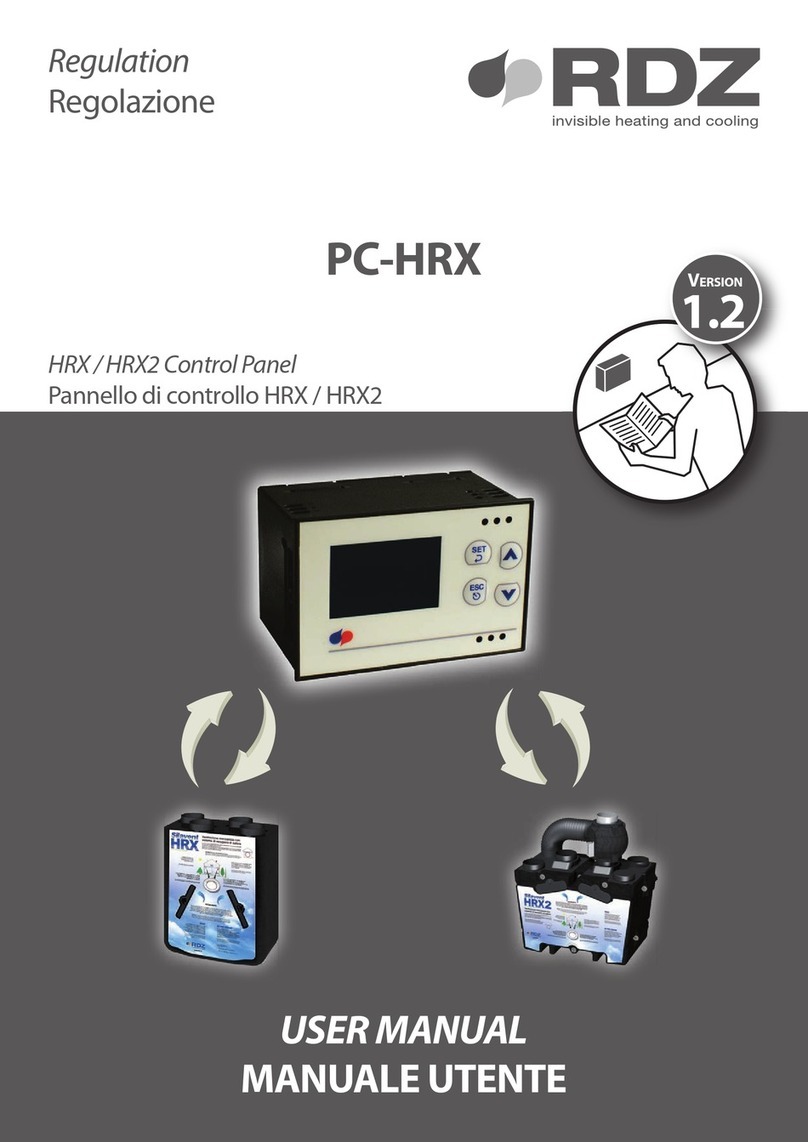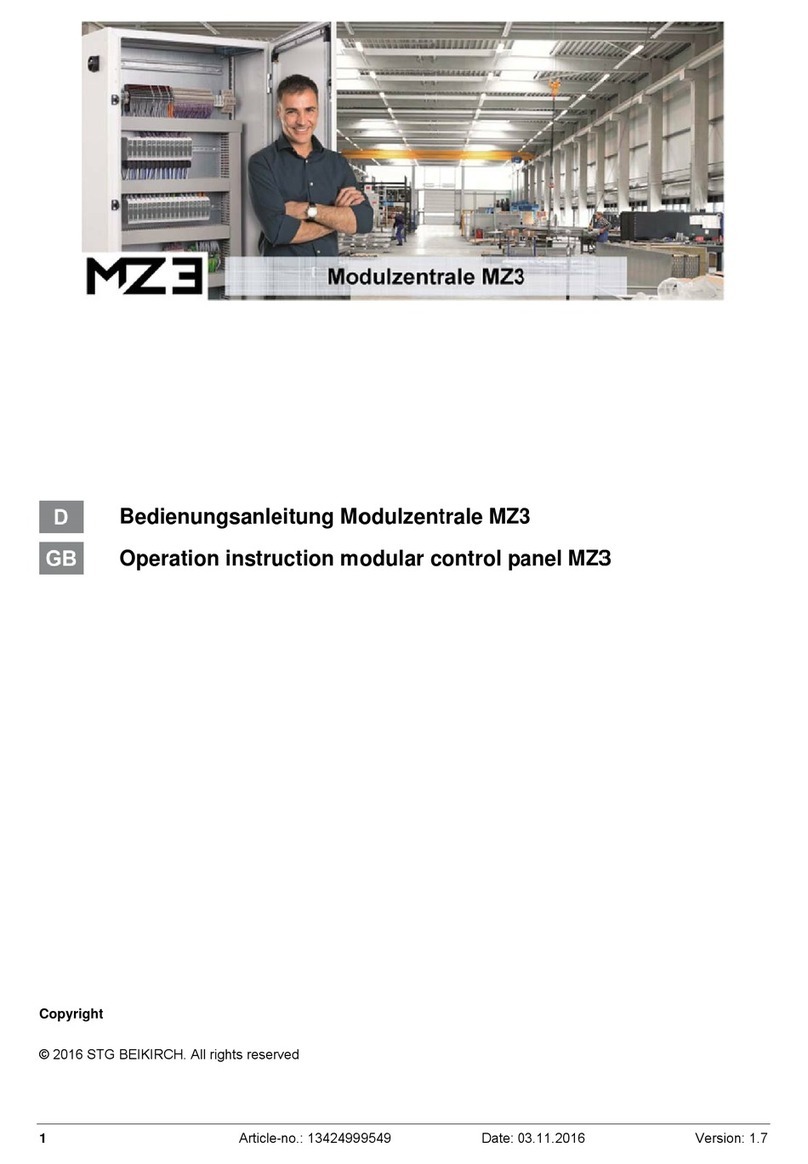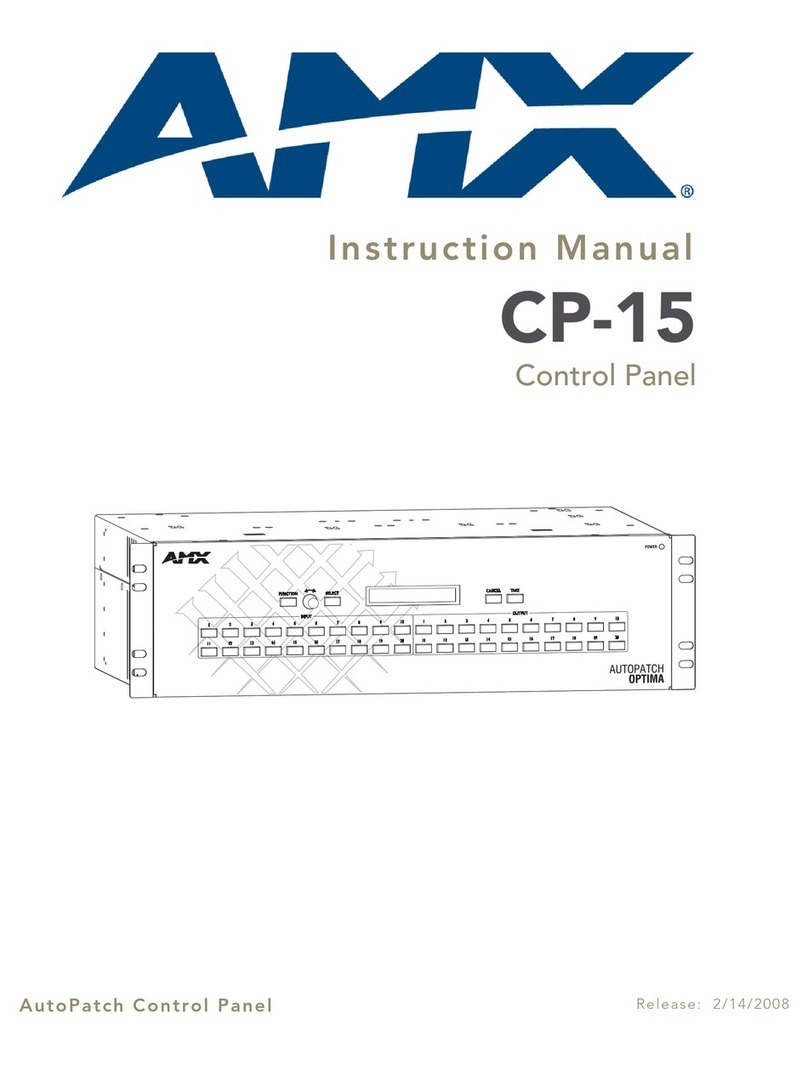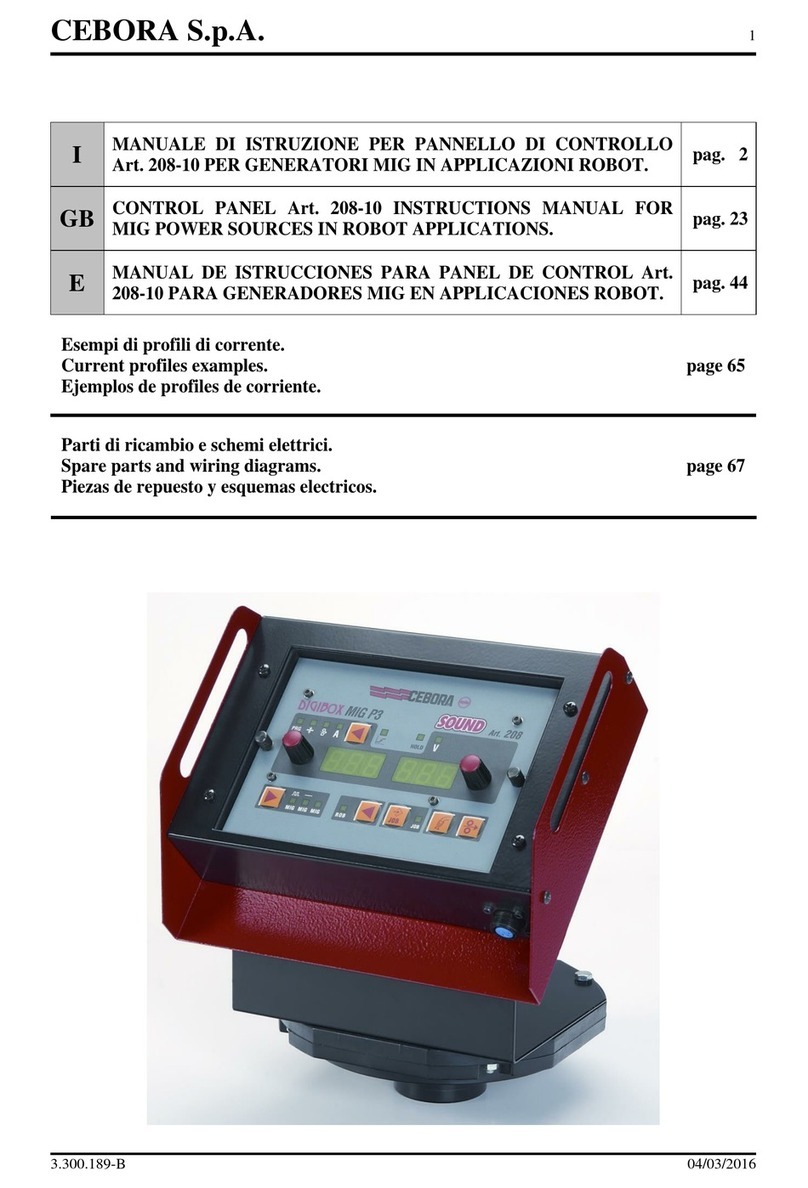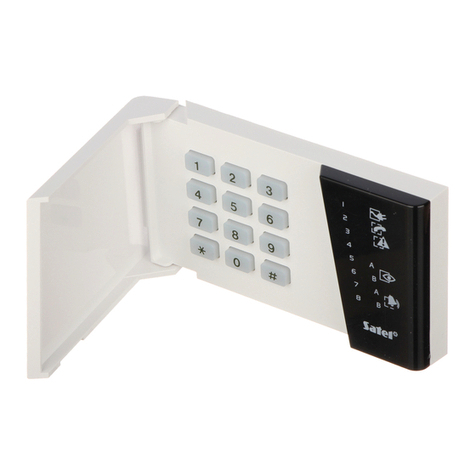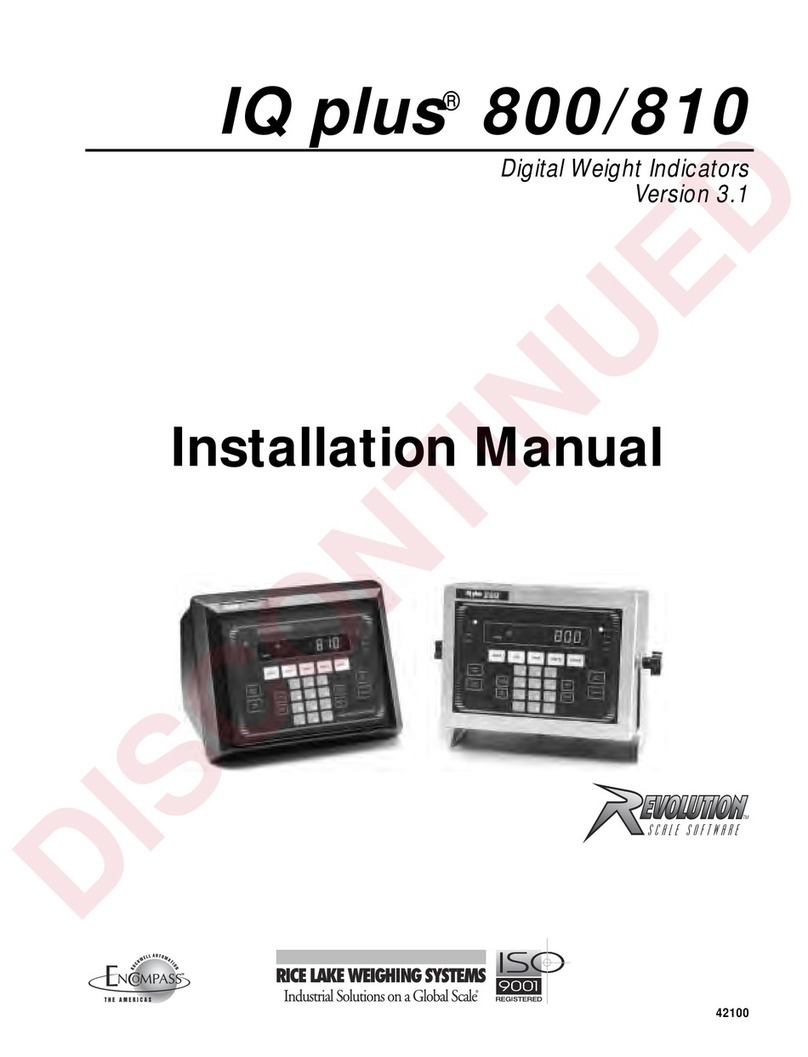2.6 Optional Modules ........................................................................................................... 2-16
2.6.1 Communication Boards.................................................................................................. 2-16
2.6.2 ZP3AB-RS232 Serial Communications Board (Z-Port 1a) ............................................ 2-17
2.6.4 ZP3AB-NET1 Network Board (Z-Port 2) ........................................................................ 2-23
2.6.5 Auxiliary Chassis............................................................................................................ 2-26
2.6.6 Mounting Auxiliary Boards ............................................................................................. 2-27
2.6.7 Auxiliary Boards and Modules ....................................................................................... 2-28
2.6.8 Printer............................................................................................................................. 2-28
2.7 Quick Start ..................................................................................................................... 2-29
2.8 Packing/Unpacking ........................................................................................................ 2-30
Power Supply
3.1 General Description .........................................................................................................3-1
3.2 Electrical Ratings ............................................................................................................. 3-2
3.3 Installation ........................................................................................................................ 3-5
3.4 Fuses and Indicators........................................................................................................3-7
3.5 Mains Connection ............................................................................................................3-9
3.6 Battery Connection ........................................................................................................ 3-11
3.7 Internal Power for Accessory Boards ............................................................................ 3-13
3.8 External Power for Accessory Boards ........................................................................... 3-14
3.9 Monitoring External Power............................................................................................. 3-15
3.10 Power Supply and Battery Calculations......................................................................... 3-15
Installation
4.1 Installation Overview ........................................................................................................ 4-1
4.2 Preparatory Work............................................................................................................. 4-2
4.3 Cable Entry ...................................................................................................................... 4-3
4.4 Wiring ............................................................................................................................... 4-4
4.5 Surface Mounting ............................................................................................................. 4-4
4.6 Flush Mounting................................................................................................................. 4-6
4.7 Top Wiring Tray................................................................................................................ 4-6
4.8 Good Practice .................................................................................................................. 4-8
Field Wiring
5.1 Terminal Layout ............................................................................................................... 5-1
5.2 Power Supply................................................................................................................... 5-2
5.2.1 Mains Supply.................................................................................................................... 5-2
5.2.2 Auxiliary 24 volt DC Supply.............................................................................................. 5-3
5.3 The Z-Loop....................................................................................................................... 5-4
5.3.1 Z-Loop Wiring................................................................................................................... 5-4
5.3.2 Loop Isolators................................................................................................................... 5-5
5.3.3 Z-Loop Parameters .......................................................................................................... 5-6
